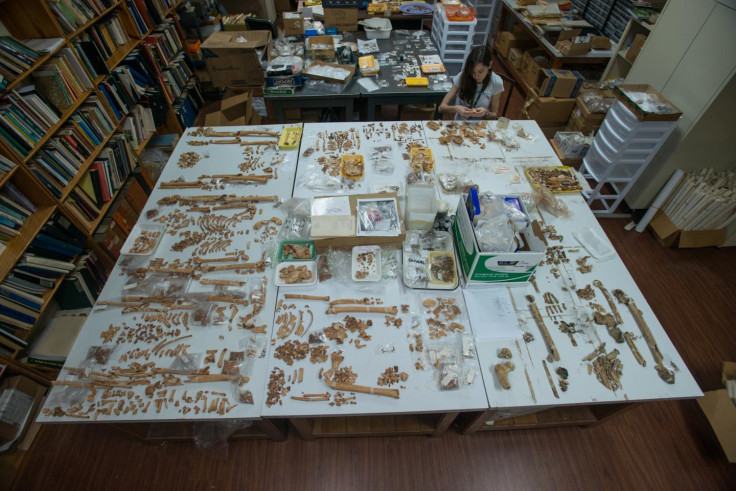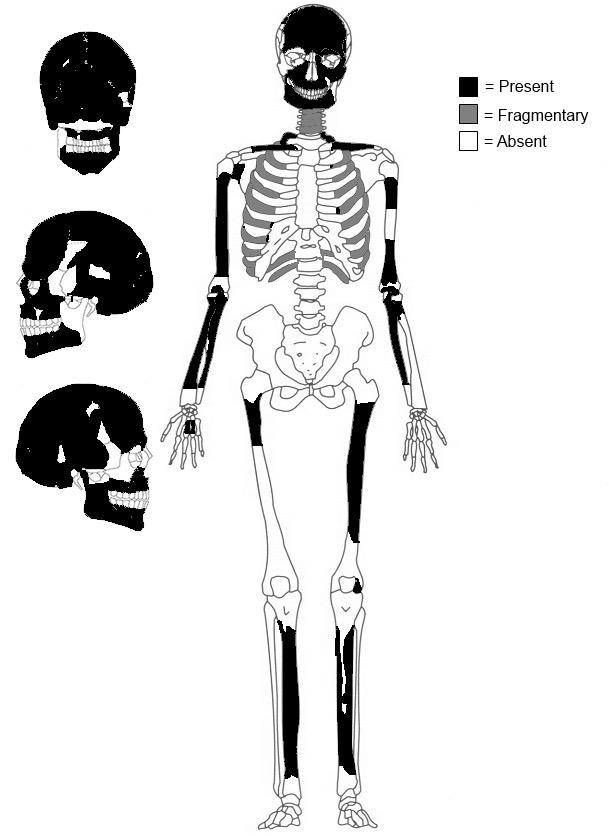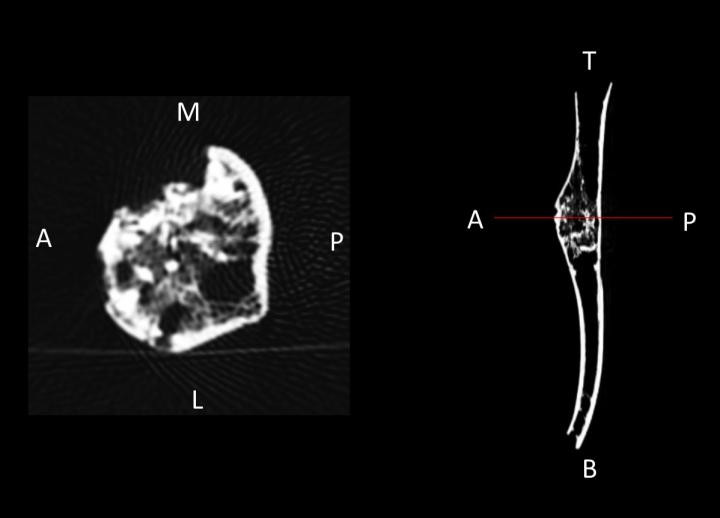Witch Hill, Panama: No one knows why a girl was buried face down in an abandoned city 700 years ago
The ritual burial was found at a site that hadn't been inhabited for 150 years.

About 700 years ago a teenager was buried in western Panama at a site known as Cerro Brujo, or Witch Hill. The burial is particularly puzzling because the city she was buried in had been abandoned for about 150 years.
The girl is thought to have been between 14 and 16 when she died. She had bone cancer in her upper arm, the likely cause of her death. The discovery makes hers the earliest case of cancer found in Latin America to date. The research was published in a paper in the International Journal of Palaeopathology.
The settlement where she was found had a troubled history. Witch Hill was first abandoned around the year 600, when the nearby Volcán Barú erupted. It was inhabited a second time between about 780 and 1252, and then deserted again. The area where the girl was discovered wasn't inhabited for longer than that.
"Based on the analysis of a tooth from the individual, we think he or she was buried about 150 years after the settlement was abandoned," said study author Nicole Smith-Guzmán of the Smithsonian Tropical Research Institute in Panama.
"And based on the fact that the body was tightly wrapped in the fetal position and buried face down with two clay pots and a shell trumpet like those still used by indigenous Ngäbe people in this area today, we consider this a ritual burial."
The pots and shell the girl was buried with hint she was buried in the balsería ritual, which is still practised by the indigenous Ngäbe people in this part of Panama today.
The girl's grave was first discovered in 1970, but archaeologists are still working on the case.

Smith-Guzmán took the excavated bones to Punta Pacífica Hospital in Panama City. They saw a characteristic 'sunburst' pattern left by two types of cancer: osteosarcoma and Ewing sarcoma.
"Both osteosarcoma and Ewing sarcoma ... are most common in children and adolescents. Most of the published cases of these cancers in the past were from adults – probably due to the poor preservation of non-adult skeletal remains – making this find especially rare."
The next steps to solve the case of why she was buried her will involve DNA analysis from the bones to learn more about the girl.

© Copyright IBTimes 2025. All rights reserved.





















